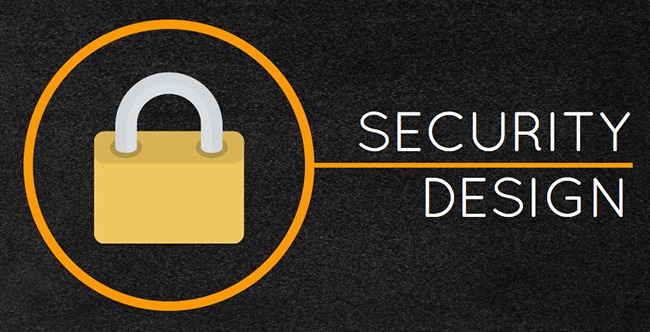Security design is the process of incorporating security measures and features into the design of a building or facility to reduce the risk of security threats and breaches. The goal of security design is to create a secure environment that is safe and functional for its intended use.
Here are some key principles of security design:
- Access control: Access control measures are used to restrict access to certain areas of a building or facility. This can include the use of security gates, keycards, biometric scanners, or other technologies to limit access to authorized personnel.
- Surveillance: Surveillance systems, such as CCTV cameras, can be used to monitor and record activity in and around a building or facility. This can help to deter criminal activity and provide evidence in the event of a security breach.
- Physical barriers: Physical barriers, such as fences, walls, or bollards, can be used to prevent unauthorized entry or protect against vehicle-borne threats.
- Lighting: Proper lighting can improve visibility and deter criminal activity by illuminating key areas of a building or facility.
- Emergency preparedness: Emergency preparedness measures, such as evacuation plans, emergency exits, and communication systems, should be incorporated into the design of a building or facility to ensure the safety of occupants in the event of an emergency.
- Human factors: The design of a building or facility should take into account the behavior and needs of its occupants to create a secure and functional environment. This can include factors such as natural surveillance, visibility, and wayfinding.
Overall, security design involves a comprehensive approach that considers all aspects of a building or facility, from its physical design to its operational procedures, to create a secure and safe environment for its occupants.
Why is security design important?
Security design is important for several reasons:
- Protecting people and assets: Security design helps to protect people, assets, and information from security threats and breaches. By incorporating security measures and features into the design of a building or facility, the risk of theft, vandalism, terrorism, or other security threats can be reduced.
- Mitigating risk: Security design can help to mitigate risk by identifying potential security vulnerabilities and implementing appropriate measures to address them. This can help to reduce the likelihood and impact of security incidents.
- Legal and regulatory compliance: Many industries and organizations are subject to legal and regulatory requirements related to security. Security design can help ensure compliance with these requirements and avoid potential legal and financial consequences.
- Enhancing reputation: A secure environment can enhance the reputation of an organization by instilling confidence in its stakeholders, including employees, customers, and investors.
- Supporting business continuity: Security design can support business continuity by ensuring that essential operations can continue in the event of a security incident or emergency.
Overall, security design is essential for creating a safe and secure environment for people and assets. By incorporating security measures and features into the design of a building or facility, the risk of security threats and breaches can be reduced, and the safety and security of occupants can be enhanced.



